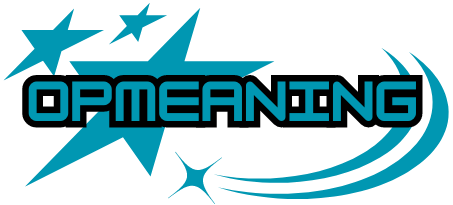Organizational knowledge is a vital asset that can drive innovation, efficiency, and competitive advantage. As the lifeblood of an organization, it encompasses the ideas, experiences, and information that employees contribute to collective intelligence. Companies today are actively seeking ways to manage this knowledge to enhance productivity and decision-making. In this article, we’ll delve into the various types of organizational knowledge and discuss strategies and technologies that can optimize its use and sharing. Keep reading to uncover insights that could transform your organization’s knowledge management approach.
Understanding the Various Types of Organizational Knowledge
The landscape of organizational knowledge is rich and varied, comprising both explicit and tacit knowledge. Explicit knowledge refers to information that is easily articulated, codified, and stored, such as data in databases, patents, and manuals. It’s the more accessible form of knowledge, ready to be shared within and outside the organization.
Tacit knowledge, on the other hand, is deeply rooted in an individual’s experiences and insights. It’s the know-how that employees acquire over time, often difficult to express and formalize. This includes problem-solving skills, intuition, and innovations that have not yet been fully documented or understood.
Cultural knowledge is another facet, encompassing the values, beliefs, and norms established over time within an organization. This influences how employees interact, make decisions, and approach their work. Understanding this knowledge is vital for maintaining a cohesive and productive work environment.
Some examples of organizational knowledge are strategic plans, customer databases, and unique methodologies developed internally. Each type of knowledge is valuable in its own right and requires tailored management strategies to leverage its potential fully.
Strategies for Effectively Capturing Tacit Knowledge in the Workplace
Capturing tacit knowledge is a multifaceted challenge. It starts with fostering an environment where employees feel valued and are encouraged to share their insights openly. Creating mentoring programs or communities of practice can help facilitate the exchange of this elusive form of knowledge.
Engaging in storytelling sessions or conducting interviews with seasoned employees presents another opportunity. Through these conversations, they can narrate their experiences and impart wisdom that might otherwise remain unshared. These narratives can then be documented and transformed into learning materials.
Encouraging collaboration and team-based problem-solving allows tacit knowledge to surface naturally. When individuals work closely, they exchange ideas and have difficulty learning from one another to replicate through formal training.
Tech tools like collaborative platforms also play a crucial role here, providing a shared space for employees to discuss, document, and build upon each other’s knowledge. However, the success of these strategies depends largely on the organization’s overarching culture.
Technology’s Role in Organizing and Accessing Explicit Knowledge
Technology has revolutionized how we store, retrieve, and disseminate explicit knowledge. Data management systems, intranets, and cloud-based solutions allow efficient organization and easy access to vast information. This is crucial in the fast-paced business world where timely access to knowledge can make or break a deal.
Knowledge bases serve as central repositories where employees can find procedural documentation, best practices, and answers to frequently asked questions. Well-implemented systems promote self-service, enabling employees to resolve issues faster and foster a culture of independence and learning.
Machine learning and artificial intelligence further enhance these systems’ capabilities, facilitating advanced search functions and personalized content delivery. By understanding user patterns and preferences, AI can bring relevant knowledge to the forefront, reducing searching time.
Secure information-sharing platforms help maintain the integrity of sensitive explicit knowledge and ensure compliance with regulatory standards. Organizations must choose technologies that strike the right balance between accessibility and security.
Overall, managing organizational knowledge thoughtfully can dramatically improve efficiency, innovation, and an engaged and empowered workforce. By acknowledging the different types of knowledge, employing technologies judiciously, and nurturing a culture of sharing, organizations can elevate their knowledge capital and secure their place at the forefront of their industry.

